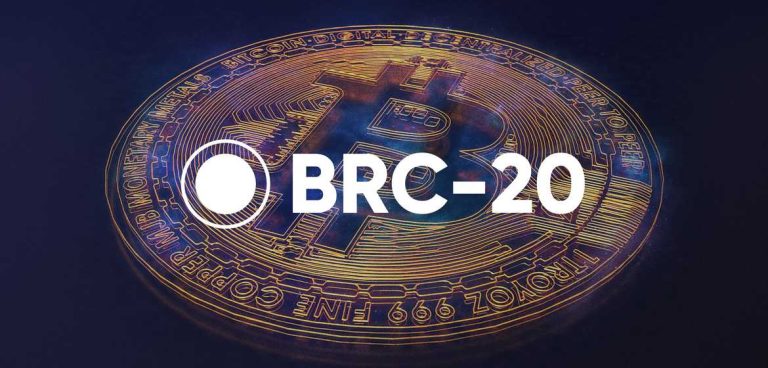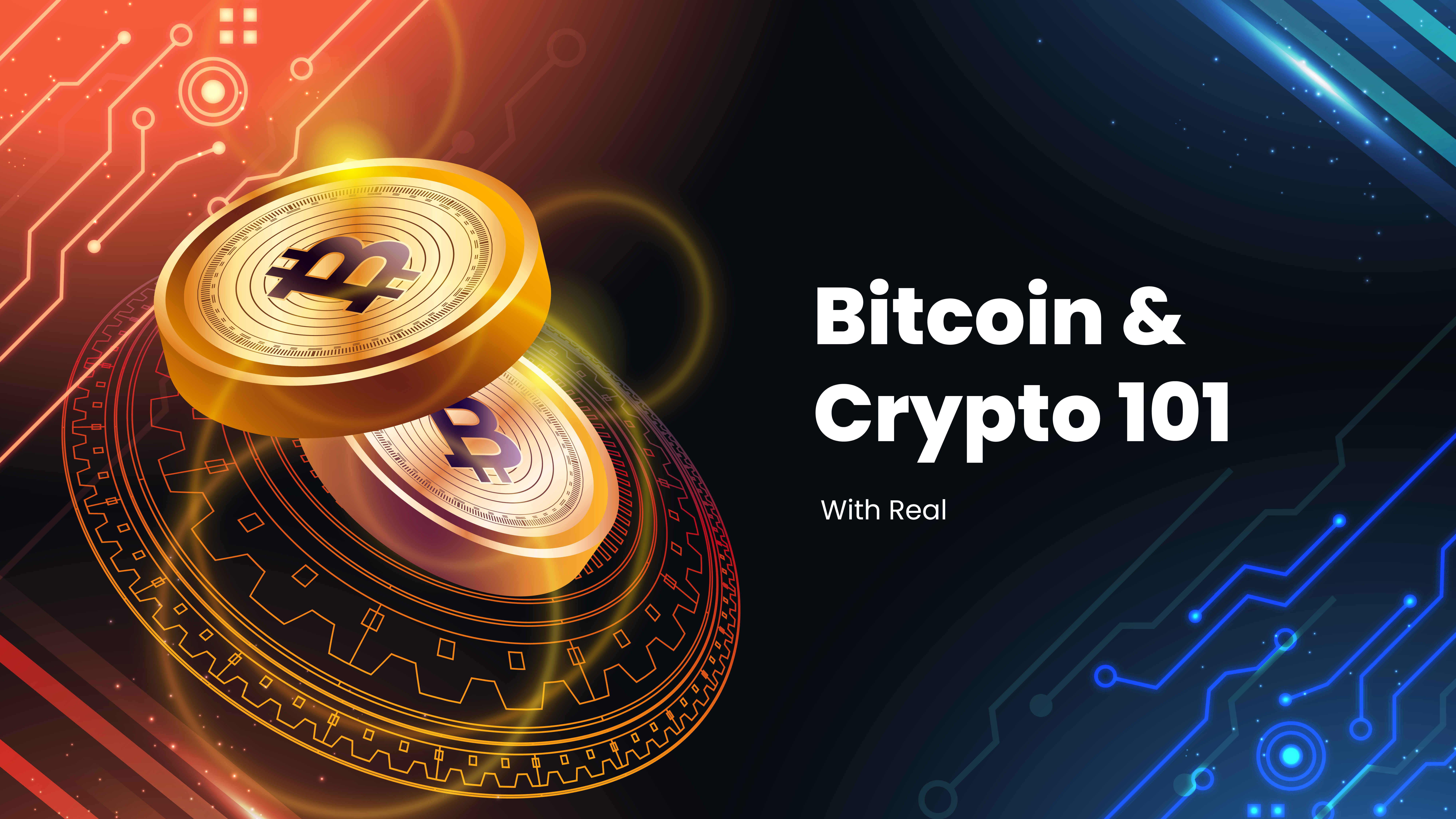Introduction
Uniswap is a decentralized finance (DeFi) protocol that allows users to swap any two ERC-20 tokens without intermediaries, order books, or KYC. Uniswap uses a novel mechanism called an automatic market maker (AMM) to determine the price of the tokens and to match the buyers and sellers. The AMM relies on liquidity pools, which are collections of tokens that are locked in a smart contract and used to facilitate the trades. Users who provide liquidity to these pools can earn fees from the swaps that occur in the pool, as well as rewards from the Uniswap protocol.
This article explains how Uniswap liquidity pools work. What features they offer. What advantages they have. What risks and challenges they face, and how they are tackled.
How Uniswap Liquidity Pools Work
Uniswap liquidity pools are different from traditional liquidity pools in that they use a constant product formula to calculate the pool price and the swap fees. The formula ensures that the product of the token balances in the pool is always constant. This means that when a swap happens, the pool balances and the pool price adjust automatically to maintain the constant.
For example, suppose Bob wants to swap 1 ETH for DAI in a pool with 100 ETH and 10,000 DAI. The pool price is 100 DAI per ETH.
After Bob’s swap, the pool has 101 ETH and 9,901 DAI, and the pool price is 98.03 DAI per ETH.
Bob pays a swap fee of 0.3% (the default fee for Uniswap pools), which is added to the pool. The pool now has 100.997 ETH and 9,900.03 DAI, and the pool price is 98.06 DAI per ETH.
The swap fee is distributed to the liquidity providers (LPs) of the pool, proportional to their share of the pool. LPs can deposit or withdraw tokens from the pool at any time, and receive pool tokens (UNI-V2) that represent their ownership of the pool. UNI-V2 tokens can also be used to stake in Uniswap governance and earn UNI tokens, the native token of the Uniswap protocol.
Features of Uniswap Liquidity Pools
Uniswap liquidity pools offer several features that make them attractive for users and developers. Some of these features are:
- Simplicity: Users can create pools with any two ERC-20 tokens, with equal weights and fixed fees. This makes it easy for users to set up and join pools without having to worry about complex parameters or calculations.
- Accessibility: Users can swap any token pair on Uniswap, as long as there is a liquidity pool for it. This allows users to access a wide range of assets and markets, as well as discover new and emerging tokens.
- Scalability: Uniswap pools can handle high volumes and low slippages, as the pool price is determined by the AMM and not by the order book depth. This allows Uniswap to compete with centralized exchanges and other DEXs in terms of liquidity and efficiency.
- Incentives: Users can earn passive income from providing liquidity to Uniswap pools, as well as additional rewards from the Uniswap protocol and other DeFi protocols. Users can also benefit from the price appreciation of the tokens in their pools, as well as the UNI tokens they receive from staking their UNI-V2 tokens.
- Composability: Uniswap pools are compatible and composable with other DeFi protocols, such as Aave, Compound, Curve, and Balancer. This allows users to leverage the synergies and opportunities that arise from the DeFi ecosystem, such as earning interest, borrowing, lending, arbitraging, and farming.
Advantages of Uniswap Liquidity Pools
Uniswap liquidity pools have several advantages over traditional liquidity pools and centralized exchanges. Some of these advantages are:
- Permissionless: Anyone can create and join a Uniswap pool without any intermediaries, KYC, or censorship. This enables a high degree of decentralization, innovation, and inclusion in the crypto space.
- Transparent: Users can verify the state and history of any Uniswap pool on the blockchain, as well as access various analytics and metrics tools, such as Uniswap Info, that provide insights and information about the pool performance, activity, and composition.
- Secure: Uniswap pools are powered by smart contracts that have been audited by multiple security firms, such as ConsenSys Diligence, OpenZeppelin, and Trail of Bits. Uniswap also has a bug bounty program that rewards anyone who finds and reports vulnerabilities in the protocol. Moreover, Uniswap has a community fund that can be used to compensate users in case of any losses due to hacks or exploits.
Risks and Challenges
Uniswap liquidity pools are not without risks and challenges, as they are subject to the inherent uncertainties and complexities of the crypto and DeFi space. Some of these risks and challenges are:
- Impermanent Loss: Impermanent loss is the loss of potential profit that occurs when the price of the tokens in a pool diverges from the price when they were deposited. Impermanent loss can be mitigated by choosing tokens that have low volatility or high correlation, or by using pools with lower fees. Impermanent loss can also be offset by the swap fees and rewards earned from the pool, as well as the price appreciation of the tokens in the long term.
- Smart Contract Risk: Smart contract risk is the risk of losing funds due to bugs, errors, or malicious attacks on the smart contracts that power the Uniswap protocol or the tokens in the pool. Smart contract risk can be reduced by using well-tested and audited code, as well as following the best practices and security standards in the industry. Smart contract risk can also be covered by using insurance services, such as Nexus Mutual or Cover Protocol, that provide protection against such events.
- Regulatory Risk: Regulatory risk is the risk of facing legal or compliance issues due to the unclear or unfavorable regulations regarding crypto and DeFi in different jurisdictions. Regulatory risk can be avoided by following the laws and rules of the relevant authorities, as well as staying informed and updated about the regulatory developments and changes in the crypto space. Regulatory risk can also be diversified by using different protocols and platforms that operate in different regions or domains.
- User Error Risk: User error risk is the risk of losing funds due to mistakes, accidents, or negligence by the user. User error risk can be prevented by using reliable and user-friendly interfaces, such as Uniswap App, that provide clear and accurate information and guidance to the user. User error risk can also be minimized by using secure and reputable wallets, such as MetaMask or Ledger, that store and protect the user’s private keys and funds.
Conclusion
Uniswap is a DeFi protocol that enables users to swap any two ERC-20 tokens without intermediaries, order books, or KYC. Uniswap uses an AMM to determine the price of the tokens and to match the buyers and sellers. The AMM relies on liquidity pools, which are collections of tokens that are locked in a smart contract and used to facilitate the trades. Users who provide liquidity to these pools can earn fees from the swaps that occur in the pool, as well as rewards from the Uniswap protocol.
Sources
https://info.uniswap.org/pools.
https://docs.uniswap.org/contracts/v2/concepts/core-concepts/pools.
https://info.uniswap.org/pools.
https://support.uniswap.org/hc/en-us/articles/8829880740109-What-is-a-liquidity-pool.
Disclaimer: Nothing in this article is financial advice. It is for educational purposes only. Liquidity pools are risky. Always do your due diligence and research.




